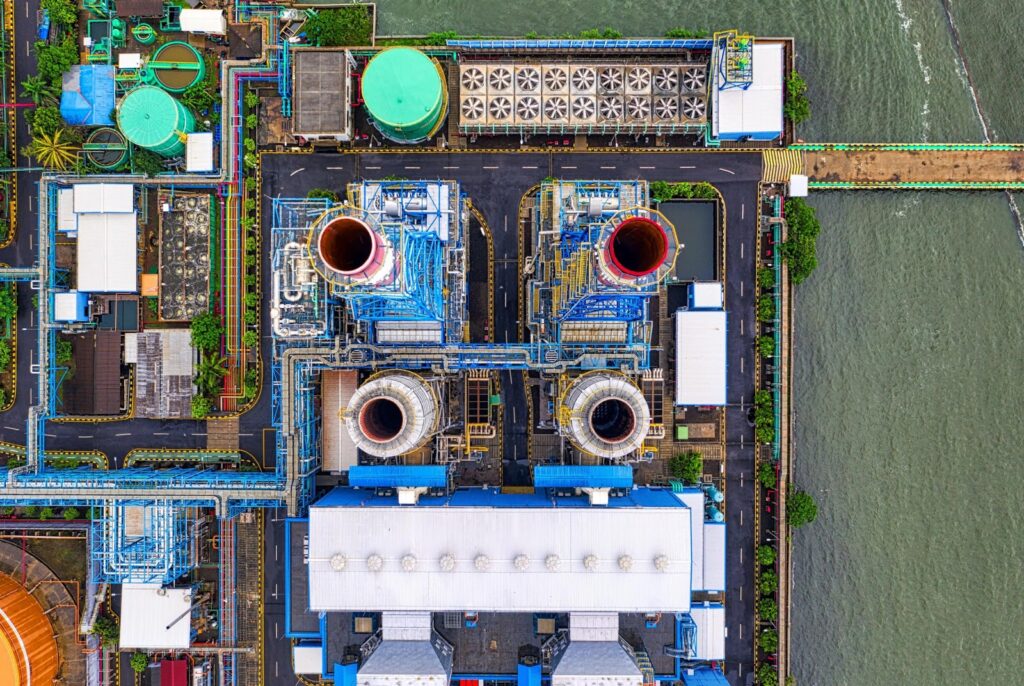The Generator Installation Process Explained
For an enterprise, it can be incredibly risky to encounter a power outage, which is why generators are essential. Generators can provide a significant amount of power when the mains are unable to.
It’s always a good idea to be aware of the installation process. Although the installer will be dealing with the complications, as the purchaser, you will be directly involved with the process, so it’s best to know what to expect.
For help and advice on commercial generator installation, you can contact our team here at Edge Technology. We provide an array of services which include installation, maintenance and repairs.
What to Consider when Choosing a Generator
Finding the right generator is an important part of the process. If you’re only operating a small facility, then a commercial portable generator might do the job, whereas if you’re attempting to operate a larger facility than you may need a much larger generator.
Backup System
When selecting a generator for commercial use you will require a backup system to ensure the smallest possible power gap and prevent the possibility of short-term power failure.
The backup system is supported by the voltage control and an automatic operation. These are a necessity as they will avoid any interruptions regarding your power supply, it will also ensure the voltage is continuously controlled.
Voltage Sag
Another factor to consider when purchasing your generator is voltage sag. This is a brief drop in voltage during a short circuit or overload. Depending on the business, the tolerance for voltage sag will differ.
Frequency Sag
As well as considering voltage sag, you will also need to bear in mind the frequency sag of the potential generator. The generator will need to cope with the transient drop on frequency and speed. This will occur when the power travels from the utility company to the generator.
Choosing the Generator’s Installation Location
The altitude, humidity and temperature will affect the installation process of your chosen generator, but this will be discussed between you and your service provider. Our experts here at Edge Technology will be happy to help with these queries.
The first thing to consider when choosing the installation location is to find out the laws in your area regarding generator installation and the manufacturer’s suggestions.
You will also need to ensure that the location is accessible for fuel trucks and ongoing maintenance, as well as the electrical lines and fuel lines that will run across the property.
The security of the generator should also be taken into consideration. Security is a prominent factor as it will ensure the safety of employees by preventing any electrical incidents.
Last but not least, you should think about the design of the generator’s pad or foundation. It is important to build a durable pad that will last.
The generator should be secured and anchored to the pad correctly as the generator will vibrate when in operation. Here at Edge Technology, we can help you throughout this process.
Installation Process
Commercial generator installation can require some significant preparation. The process will initially consist of obtaining all the appropriate permits and approvals from your local government. Only then will you be able to have your generator installed.
Before the generator is installed, the area must be prepared accordingly. Depending on the type of generator, there are various ways to prepare the site. It is best to speak to the service provider on how you can help to prep the area.
Installing the Pad
The pad, which can be a slab of concrete or gravel, is crucial to the performance of your generator. This will need to be put in place by the installation company. Once the slab has dried, the generator can then be placed and the wiring process can commence.
Connecting the Power Source
Once the generator is secured in place, the next part of the installation process is to ensure that the transfer switch is in place and wired. Once this is done, the generator will be connected to your facility’s existing electrical configuration as a secondary source of power.
Once the wiring has been set up, the fuel line can then be installed. Depending on the facility’s resources, your generator can be connected to a natural gas line or a propane tank.
The natural gas line or propane is essential to fuel the generator; if the property does not have access to either, one of the two will need to be installed for your generator to function.
Outage Simulation
The technician will then stimulate an outage on-site to ensure the generator is functioning as it should be. After this, if the generator is a modern model, it should be able to run periodic self-checks and diagnose any potential problems that may arise.
By being proactive and understanding the installation process, you will be prepared for when the time comes to set up and install your generator. You will also be able to ask informed questions to your installer, such as matters relating to your generator’s maintenance.
For more information and support regarding generator installation, maintenance or repairs, you can contact our team. You can also visit our website to find out more about our services, or our blog which is packed full of relevant information.














